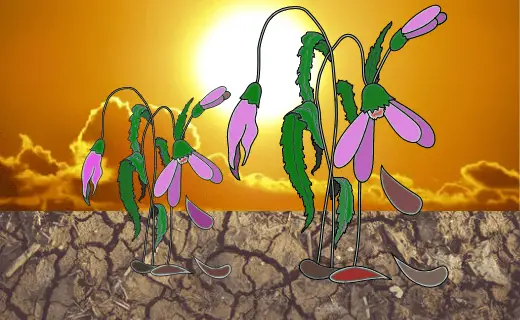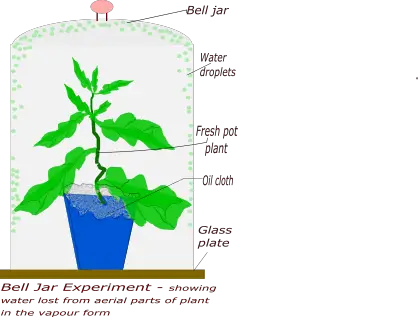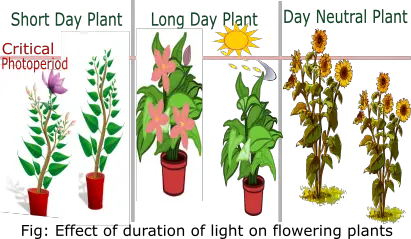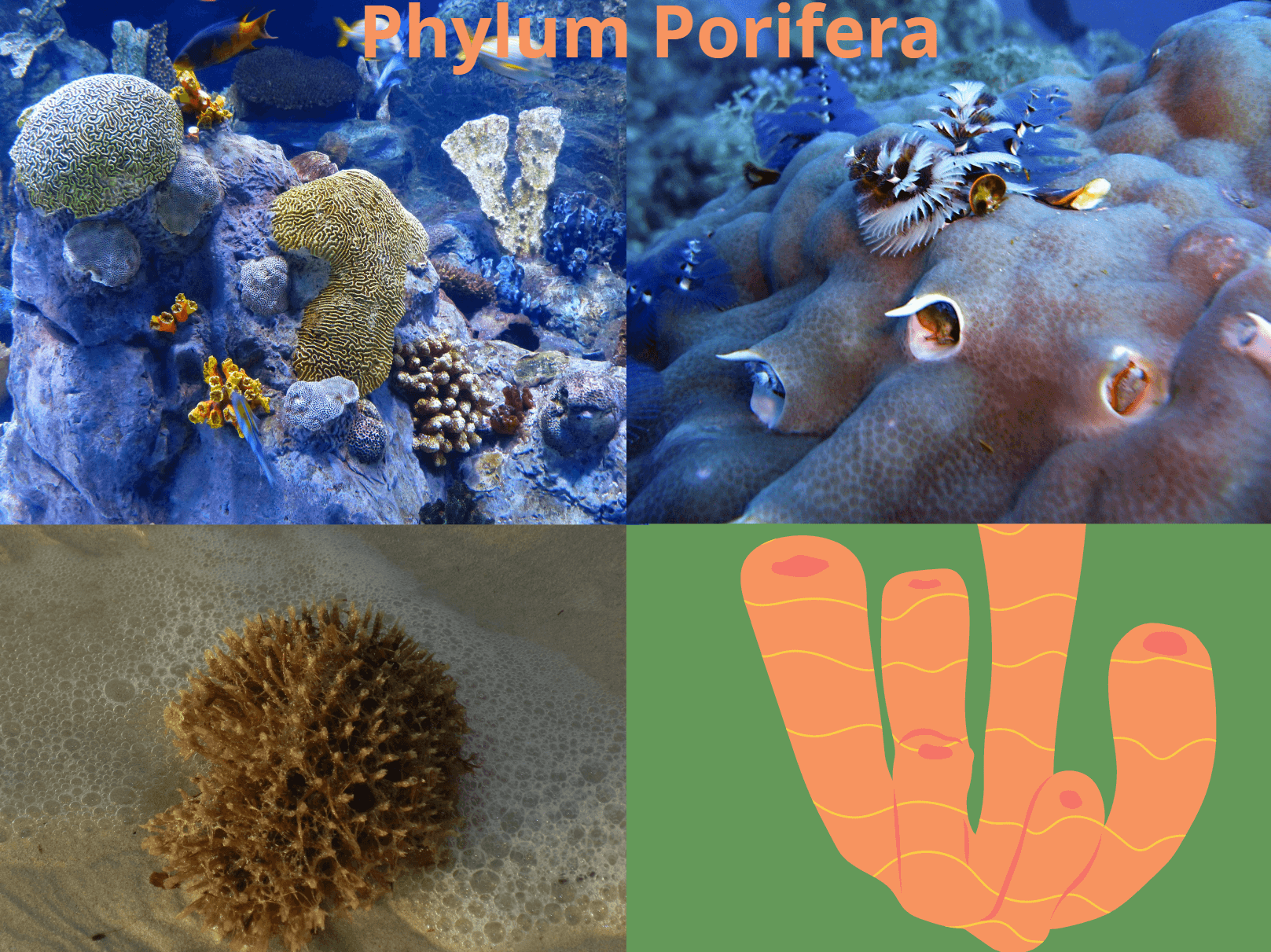Wilting is defined as the rolling, folding or dropping of leaves and young stem due to loss of turgidity. It occurs due to high transpiration and low water absorption rate. Due to low water absorption xylem vessels loss their turgidity resulting in the blockage of xylem vessels. The blocked xylem vessels are unable to transport water further to the upper parts of plant which result in wilting of the plant.

Cause of Wilting
It occurs due to higher rate of transpiration and lower rate of water absorption from the soil. It occurs generally in hot and dry seasons due to low water availability in the soil.
However, it may also occur due to low availability of capillary water in the soil such as plant growing in swamp regions. It may also cause due to excess water accumulated around the pants with unproper drainage facilities. Wilt disease (that cause wilting) is caused by different variety of bacteria, fungus and viruses.
Read also about: Guttation
Types of Wilting
There are 3-types of wilting.
Incipient Wilting
It is invisible wilting which occurs due to partial loss of turgidity in the cells. It is unnoticeable and plant cells recovery itself in short period of time.
Temporary Wilting
During hot summer days, small plants and herbaceous plant wilt due to the result of high transpiration rate causing water deficiency in the cells. These plants regain water and normal turgidity in night as temperature decreases. This is called as temporary or transient wilting.
Permanent Wilting
When water in the soil reaches to critical quantity to plant for absorption, plants permanently wilt and dies off as over transpiration is not balanced. These plants or its wilted parts do not retain to their normal state even after maintaining suitable conditions and environment.
Advantages of Wilting in Plants
Though wilting is not considered good but there are few advantages.
- It prevents plant from over exhaustion in dry seasons as transpiration activities stops.
- It develops drought resisting character in plant for survival.
- Disadvantage of wilting
- Permanent wilting result in death of plants.
- It stunts the proper growth and development in plants.
- It may reduce photosynthetic yield.
FAQs
What is most likely to cause wilting in plants?
Higher rate of transpiration and low rate of absorption is most likely to cause wilting in plants.
Why do plants wilt in the sun?
During hot and summer days, transpiration rate increase in plant as to prevent heat. As the transpiration rate increases, the rate of absorption of water also increases. But due to low availability of water in the soil in hot days, absorption rate decreases as compared to transpiration. This result in wilting of plants in sunny days.
How to save a wilted plant?
Frequently watering in sunny days. Proper drainage system should be implemented. In potted plants, it should be kept in shades in sunny days. Additional holes should be made in pot to remove excess water. Fungicides should be sprayed to protect from wilt diseases.



